Medical Cannabis Seeds

As cannabis legalization continues to sweep across the world, millions of people are gaining access to the plant. While some use cannabis purely to get high, many rely on the herb for medical purposes. In several countries, citizens can obtain medical marijuana products with a prescription. However, some prefer to take matters into their own hands and use their green fingers to sow medical cannabis seeds. But what makes these strains different from the thousands of others available?
Find out everything you need to know about medical cannabis seeds, what they offer, and how to grow them.
Contents:
What Are Medical Cannabis Seeds?
Well, it depends on who you ask. Some cannabis users (and experts) claim that all cannabis is medicinal. After all, the herb contains molecules that impart profound effects on the body, from the brain to the gut. However, the terms “recreational” and “medicinal” are often associated with the intention behind using the herb.
Many cannabis users enjoy smoking high-THC strains for their mind-altering effects. They do this to feel relaxed and have fun, in much the same way other people choose to drink a couple beers to wind down. In contrast, some use the herb in an attempt to manage the symptoms of certain health conditions, be that through a prescription or the black market.
Medical weed users select strains based on their specific effects. Some of them actively search for high-THC buds, and indeed, ongoing research continues to explore the therapeutic effects[1] of this psychotropic cannabinoid. Many individuals find it works wonders for them, despite getting high in the process.
But cannabis offers more than just THC. The herb produces over 100 cannabinoids and 200 terpenes. All of these phytochemicals produce unique effects, and the majority of them don’t get users high. CBD, in particular, has gained massive traction in both the scientific community and in mainstream culture.
When you browse the Royal Queen Seeds strain library, you’ll see that we refer to high-CBD strains as medical cannabis seeds. Although THC strains do benefit some medical users, most of these customers are after seeds containing cannabidiol.
|
To users |
To growers |
|
Our medical cannabis seeds vary in CBD and THC concentration. Some of them offer a balanced 1:1 ratio, whereas others possess only trace amounts of THC. |
If you enjoy growing cannabis, the RQS archive offers plenty of medical cannabis seeds to choose from. Our strains are divided into two primary categories: photoperiod and autoflowering. |
|
The former offer a noticeable high, but significant levels of CBD help to blunt the effects, making for a clear-headed and functional experience. |
Photoperiod strains require a change in the light cycle to begin flowering. A light cycle of at least 16 hours on and 8 hours off will keep them in the vegetative phase of growth. To force them to flower, reduce the light cycle to 12 hours on and 12 hours off up until harvest time. |
|
If you opt for a strain with high levels of CBD and almost no THC, however, you won’t feel any psychotropic effects at all. |
Autoflowering strains don’t require a change in the light cycle to initiate flowering, as described in their name. These strains grow much quicker, and you can expect to harvest them 8–10 weeks after germination. |
|
To users |
|
Our medical cannabis seeds vary in CBD and THC concentration. Some of them offer a balanced 1:1 ratio, whereas others possess only trace amounts of THC. |
|
The former offer a noticeable high, but significant levels of CBD help to blunt the effects, making for a clear-headed and functional experience. |
|
If you opt for a strain with high levels of CBD and almost no THC, however, you won’t feel any psychotropic effects at all. |
|
To growers |
|
If you enjoy growing cannabis, the RQS archive offers plenty of medical cannabis seeds to choose from. Our strains are divided into two primary categories: photoperiod and autoflowering. |
|
Photoperiod strains require a change in the light cycle to begin flowering. A light cycle of at least 16 hours on and 8 hours off will keep them in the vegetative phase of growth. To force them to flower, reduce the light cycle to 12 hours on and 12 hours off up until harvest time. |
|
Autoflowering strains don’t require a change in the light cycle to initiate flowering, as described in their name. These strains grow much quicker, and you can expect to harvest them 8–10 weeks after germination. |
How Medical Marijuana Seeds Are Bred
Breeders create high-CBD medical cannabis seeds by refining cannabinoid profiles over time. Most cannabis strains contain some amount of CBD. But through selective breeding, growers cross CBD-rich strains to create even higher quantities of the cannabinoid in the progeny.
Once groundbreaking breeders established a few reliable high-CBD strains, they started to cross them with varieties that possess other desirable traits. For example, Royal Queen Seeds breeders crossed Diesel CBD with Asia CBD Auto to create Solomatic CBD, a speedy and resilient autoflower that’s bursting with CBD.
But where did this all start? Many of the high-CBD medical cannabis seeds available today stem from the same strain—namely, Juanita la Lagrimosa. This legendary variety gained notoriety after its appearance at High Times Cannabis Cup events. Upon witnessing her success, the breeders sent samples to a lab. It turned out she possessed CBD levels of 22%, a novel trait at the time.
Breeders at Royal Queen Seeds used Juanita la Lagrimosa as genetic stock to create a bunch of new high-CBD cultivars, including:
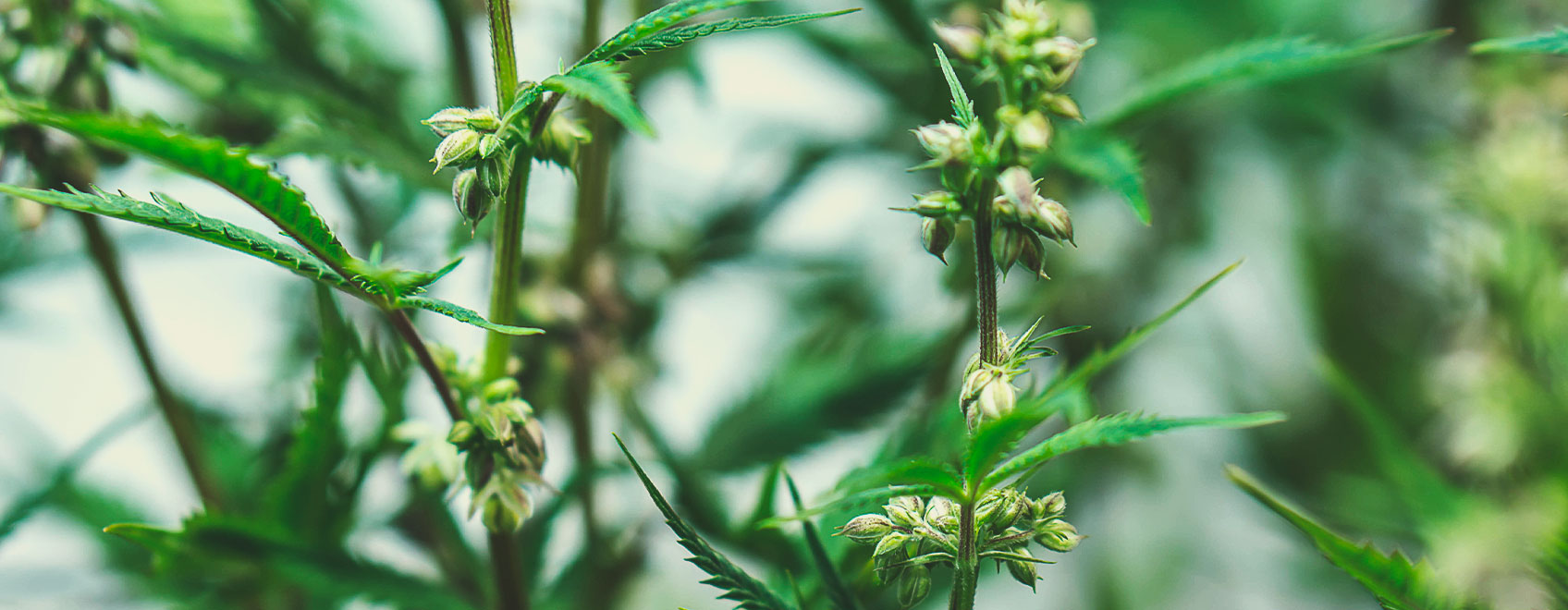
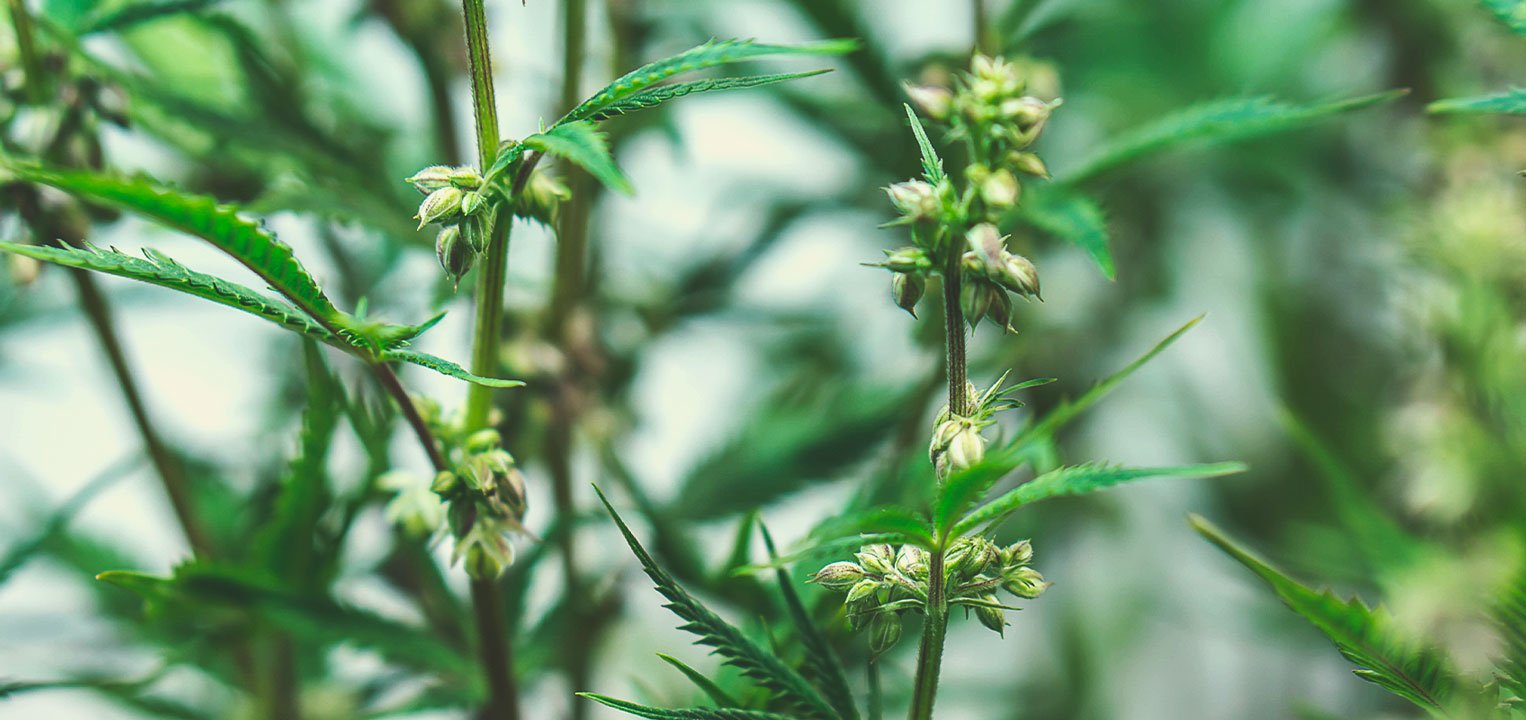
Legality of Medical Cannabis Seeds
Our customers often ask us if they can legally grow medical cannabis seeds in their country. Technically, some of our medical cannabis seeds are legal to grow under the regulations of certain nations. For example, Swiss citizens can grow plants that clock in with THC levels under 1%. European Union regulations allow hemp cultivation as long as plants contain less than 0.2% THC, and many countries in the union abide by these rules.
While strains such as Royal CBG Automatic feature THC levels as low as 0.09%, concentrations of cannabis phytochemicals are also subject to environmental conditions. Expression of molecules such as THC and certain terpenes can increase due to several variables, meaning you’re technically breaking the law if your plants pass the legal threshold.
Additionally, some EU countries only allow the cultivation of registered seeds when it comes to growing hemp.
Cannabinoid Ratios: What Do They Mean?
As mentioned, there are over 100 cannabinoids in the cannabis plant, and each molecule affects the body in a slightly different way. Our medical cannabis seed strains offer several cannabinoids that are rarely found elsewhere. Check out the brief summary of cannabinoids:
| THC | The psychotropic cannabinoid that underpins the cannabis high |
| CBD | A non-psychotropic cannabinoid that offers a relaxing and clear-headed effect |
| CBG |
Known as the “mother cannabinoid”, this non-psychotropic molecule serves as the precursor to THC and CBD, and provides a soothing effect |
| CBDV |
Ongoing studies are exploring the neuroprotective potential of this cannabinoid |
| THC |
|
The psychotropic cannabinoid that underpins the cannabis high |
| CBD |
|
A non-psychotropic cannabinoid that offers a relaxing and clear-headed effect |
| CBG |
|
Known as the “mother cannabinoid”, this non-psychotropic molecule serves as the precursor to THC and CBD, and provides a soothing effect |
| CBDV |
|
Ongoing studies are exploring the neuroprotective potential of this cannabinoid |
Medical Cannabis Seed Cannabinoid Ratios
Each of our medical cannabis strains offers a different ratio of cannabinoids. For example, our balanced strains feature a CBD:THC ratio of 1:1, whereas our CBD-heavy varieties possess a ratio of up to 21:1.
-
Ratio 1:1
These strains offer a balanced effect. You’ll feel a slight high, but large quantities of CBD will keep you alert and functioning. Our 1:1 medical cannabis seeds include:
| Medical Mass | Painkiller XL | Euphoria | Stress Killer | Fast Eddy | Royal Highness | Dance World |
| Medical Mass | Painkiller XL |
| Euphoria | Stress Killer |
| Fast Eddy | Royal Highness |
| Dance World |
-
Ratio 3:2
These strains slightly offset the balance, offering higher levels of CBD and therefore providing a more clear-headed effect. However, you’ll still feel some cognitive elevation from the THC present in these flowers. So far, Royal Medic remains our only option for growers seeking this ratio.
-
Ratio 5:1
Cultivars with this ratio provide a completely functional effect and contain high sought-after cannabinoids. These strains include:
-
Ratio 15:1
The CBD levels continue to climb! Check out our 15:1 varieties:
-
Ratio 17:1
Our Purplematic CBD medical cannabis seeds offer a CBD-heavy ratio of 17:1.
-
Ratio 21:1
Solomatic CBD tops the cannabidiol charts with an impressive ratio of 21:1. Expect a lucid and relaxing effect.
Why Terpenes Are So Important
Cannabinoids aren’t the only molecules that determine the effects of medical cannabis seeds. Terpenes also play an important role. These aromatic molecules underpin the signature smells and tastes of individual cultivars, from fruity and floral notes all the way to more petrol-like smells.
But terpenes also partially dictate the effect of each strain. For instance, two strains with the same CBD levels can produce quite different effects due to their terpene profiles. Terpenes like myrcene are more relaxing, whereas limonene wakes up the mind and inspires creativity. Consider this when browsing for medical cannabis seeds in hopes of achieving a specific effect.
How To Grow Medical Cannabis From Seed
Once you purchase your medical cannabis seeds, it’s time to get growing! Check out the very brief guide below for a general idea of how to do this.
| Soil type | First things first, you need to match the soil type with the strain you plan on growing. Photoperiod strains prefer a rich and nutrient-dense soil, whereas autos like a light and airy soil not so rich in nutrients. |
| Germination | Medical cannabis seeds take between 3–7 days to germinate and send out a taproot. You have a few options when it comes to germination:
|
| Vegetative phase |
During the vegetative phase, your medical cannabis seeds will focus on growing large fan leaves to boost photosynthesis. Transplant your seedlings to bigger containers, place them under strong lights, and feed them specialised veg nutrients throughout this phase of the growing cycle. Photoperiods require a light cycle of at least 16 hours on and 8 hours off to keep them vegging. Consider training your plants during veg to increase yields and make them more manageable. |
| Flowering phase |
Autoflowers will switch to flowering without any intervention. To force your photoperiod strains into bloom, you need to reduce the light cycle to 12 hours on and 12 hours off. This mimics the changing of the seasons outdoors and compels plants to reproduce. Switch to flowering nutrients as your plants develop less of an appetite for nitrogen and more of a need for phosphorus and potassium. |
| Flush and harvest |
Restrict all nutrients two weeks before harvest to flush your medical cannabis plants. This will encourage them to metabolise the nutrients stored in their tissues, resulting in a smoother smoke and improved taste. Harvest your cannabis plants using either the wet or dry trimming method. |
| Dry and cure |
After harvesting your buds, you’ll need to dry and cure them to reduce the risk of mould and vastly improve their flavour. |
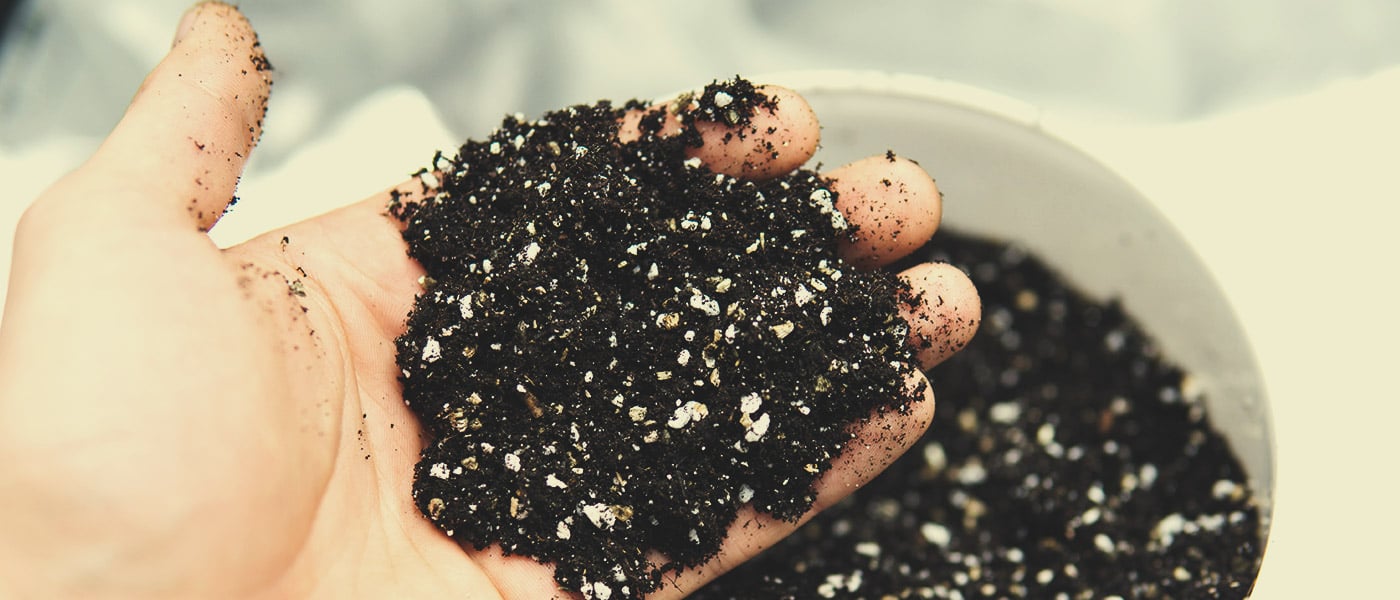 |
| Soil type |
| First things first, you need to match the soil type with the strain you plan on growing. Photoperiod strains prefer a rich and nutrient-dense soil, whereas autos like a light and airy soil not so rich in nutrients. |
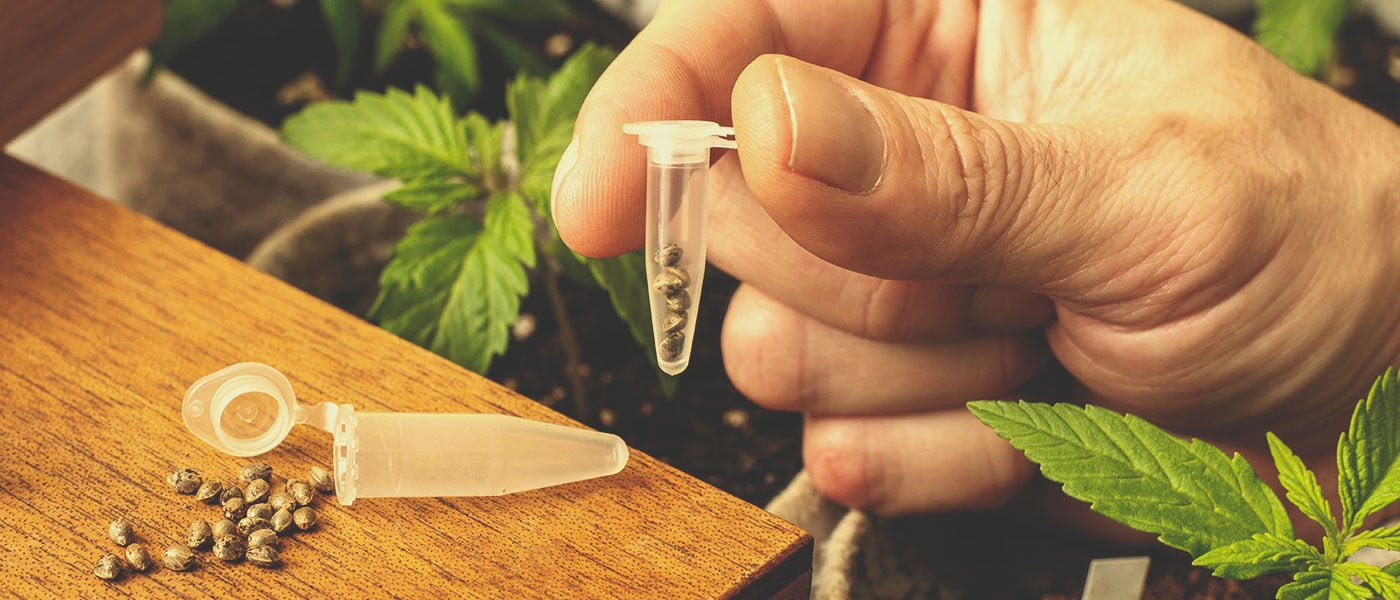 |
| Germination |
|
Medical cannabis seeds take between 3–7 days to germinate and send out a taproot. You have a few options when it comes to germination:
|
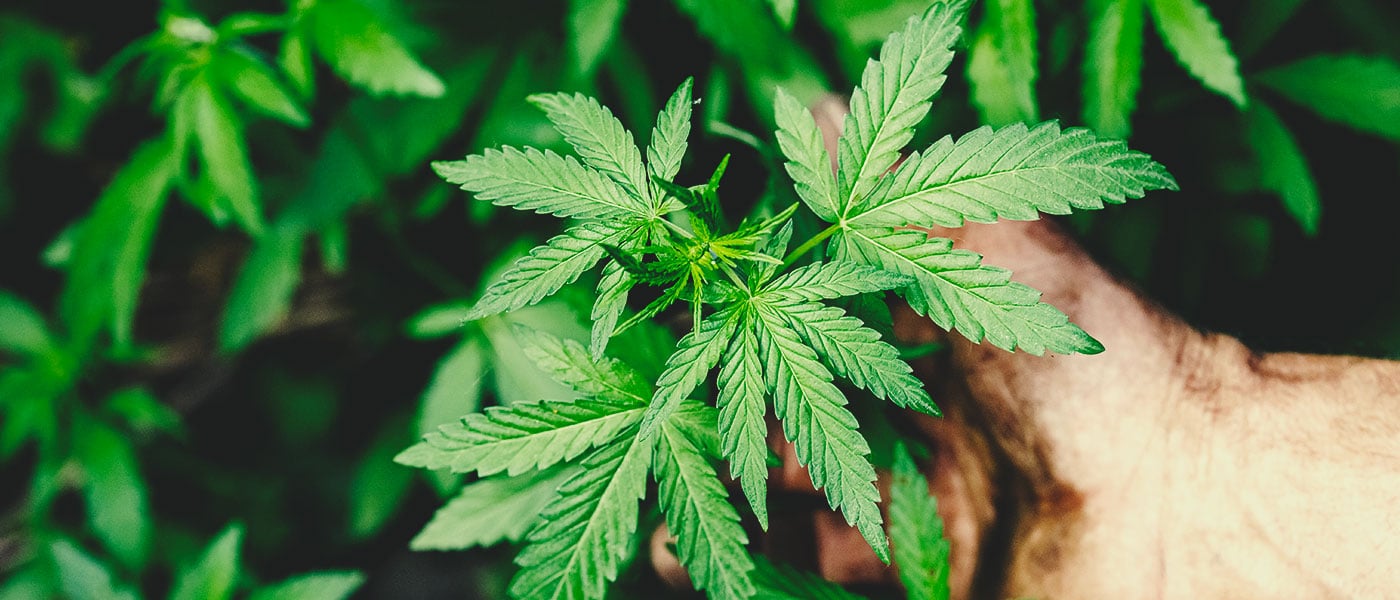 |
| Vegetative phase |
|
During the vegetative phase, your medical cannabis seeds will focus on growing large fan leaves to boost photosynthesis. Transplant your seedlings to bigger containers, place them under strong lights, and feed them specialised veg nutrients throughout this phase of the growing cycle. Photoperiods require a light cycle of at least 16 hours on and 8 hours off to keep them vegging. Consider training your plants during veg to increase yields and make them more manageable. |
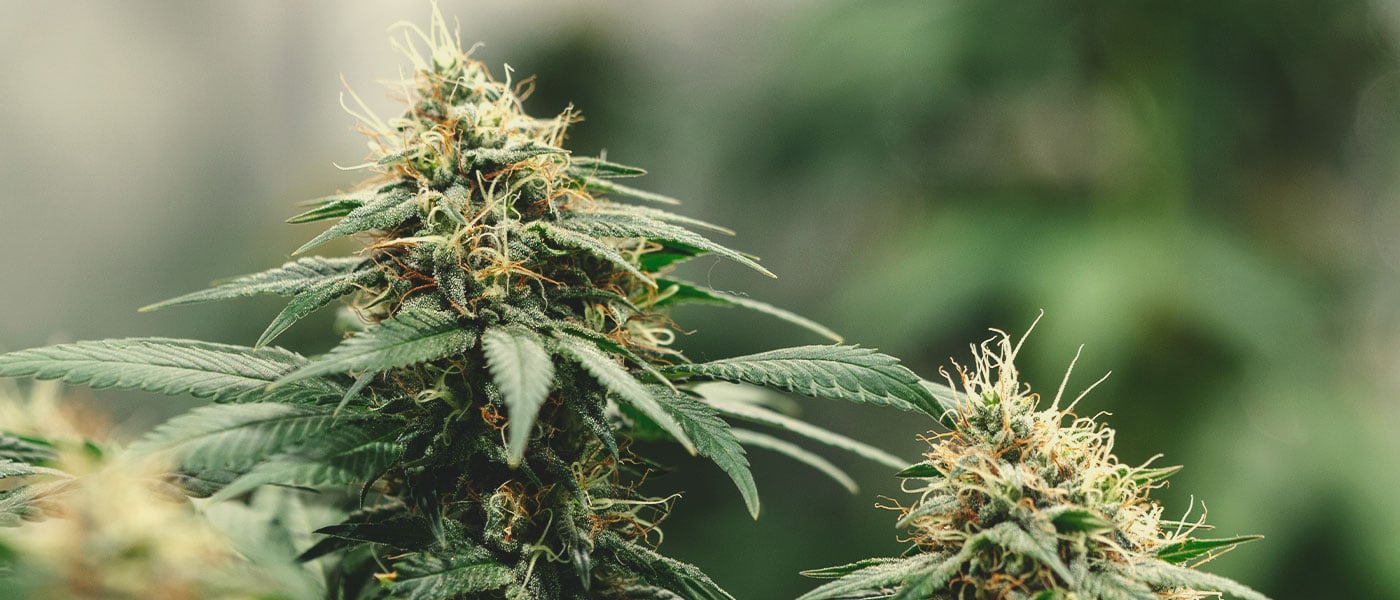 |
| Flowering phase |
|
Autoflowers will switch to flowering without any intervention. To force your photoperiod strains into bloom, you need to reduce the light cycle to 12 hours on and 12 hours off. This mimics the changing of the seasons outdoors and compels plants to reproduce. Switch to flowering nutrients as your plants develop less of an appetite for nitrogen and more of a need for phosphorus and potassium. |
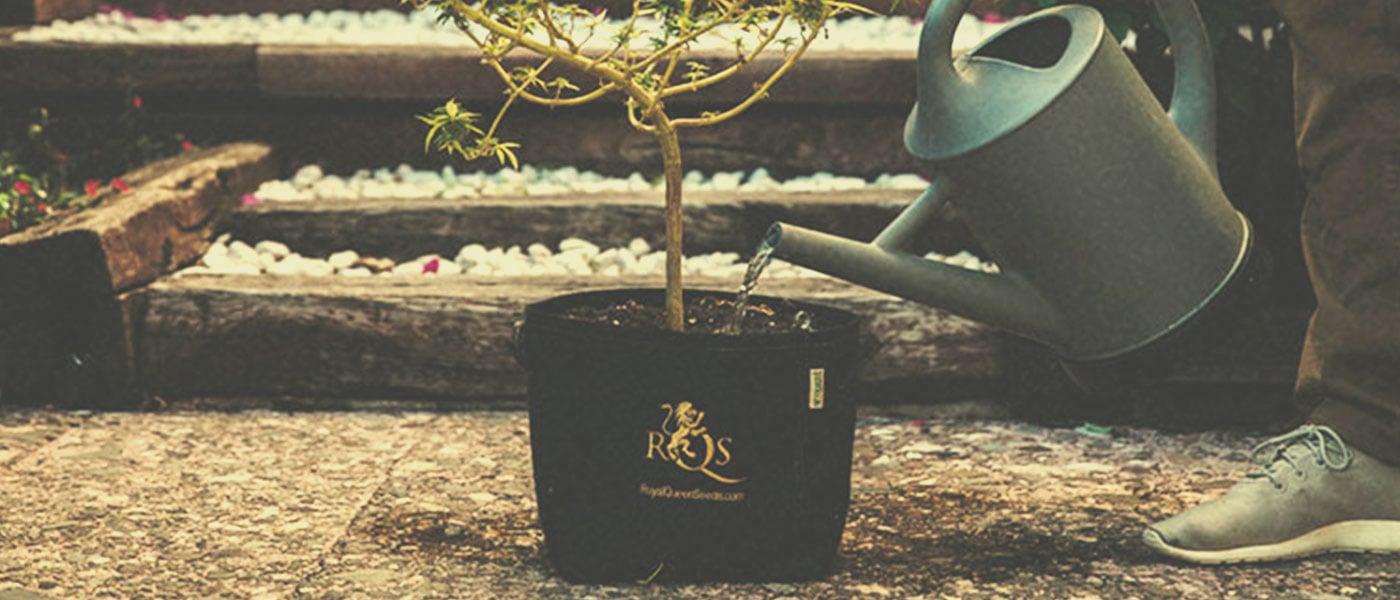 |
| Flush and Harvest |
|
Restrict all nutrients two weeks before harvest to flush your medical cannabis plants. This will encourage them to metabolise the nutrients stored in their tissues, resulting in a smoother smoke and improved taste. Harvest your cannabis plants using either the wet or dry trimming method. |
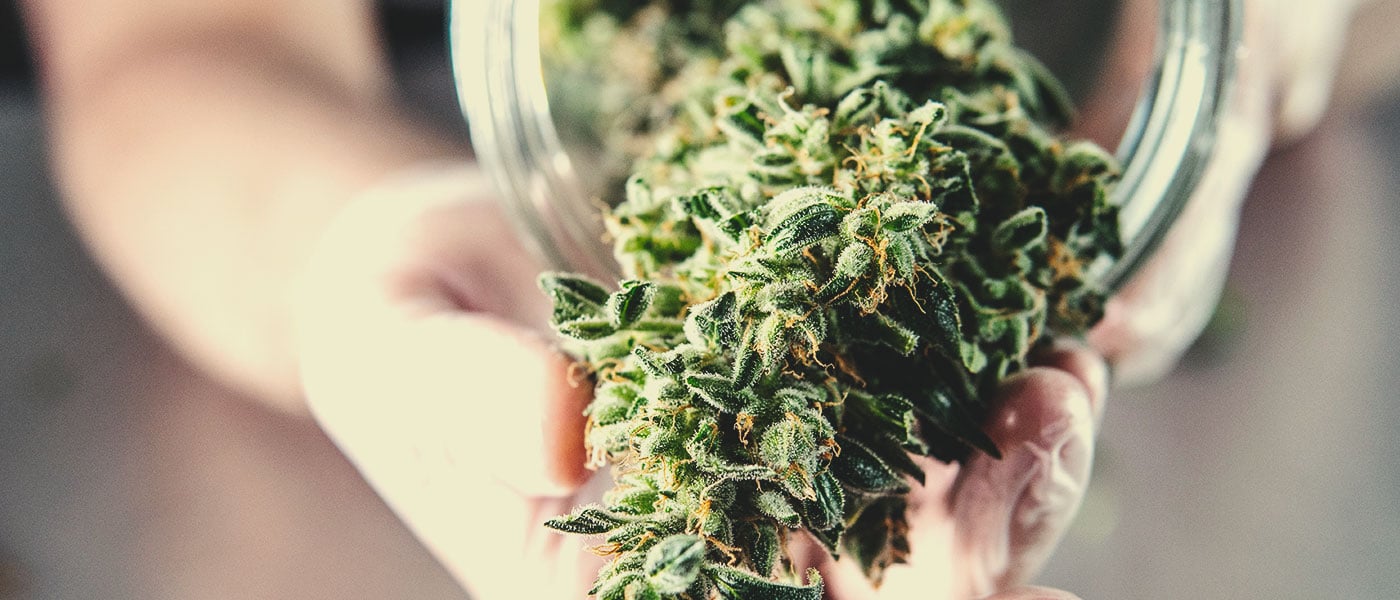 |
| Dry and Cure |
|
After harvesting your buds, you’ll need to dry and cure them to reduce the risk of mould and vastly improve their flavour. |
How To Make CBD Oil From Medical Cannabis Seeds
Now that you have a fresh stash of medical cannabis buds, you can use them to make oils or extracts. To make your own medical cannabis oil, follow the brief directions below. Most CBD oils available today are extracted using CO₂ and diluted into edible oils. In comparison, the recipe below uses alcohol and evaporation to create a crude and undiluted medical cannabis oil.
Equipment and Ingredients
- 45g decarboxylated medical cannabis flowers
- 2l ethanol (or 99% isopropyl alcohol)
- 2 large mixing bowls
- Cheesecloth
- Rice cooker
- Air syringe
- Paper clip
- Lighter
- Wooden spoon
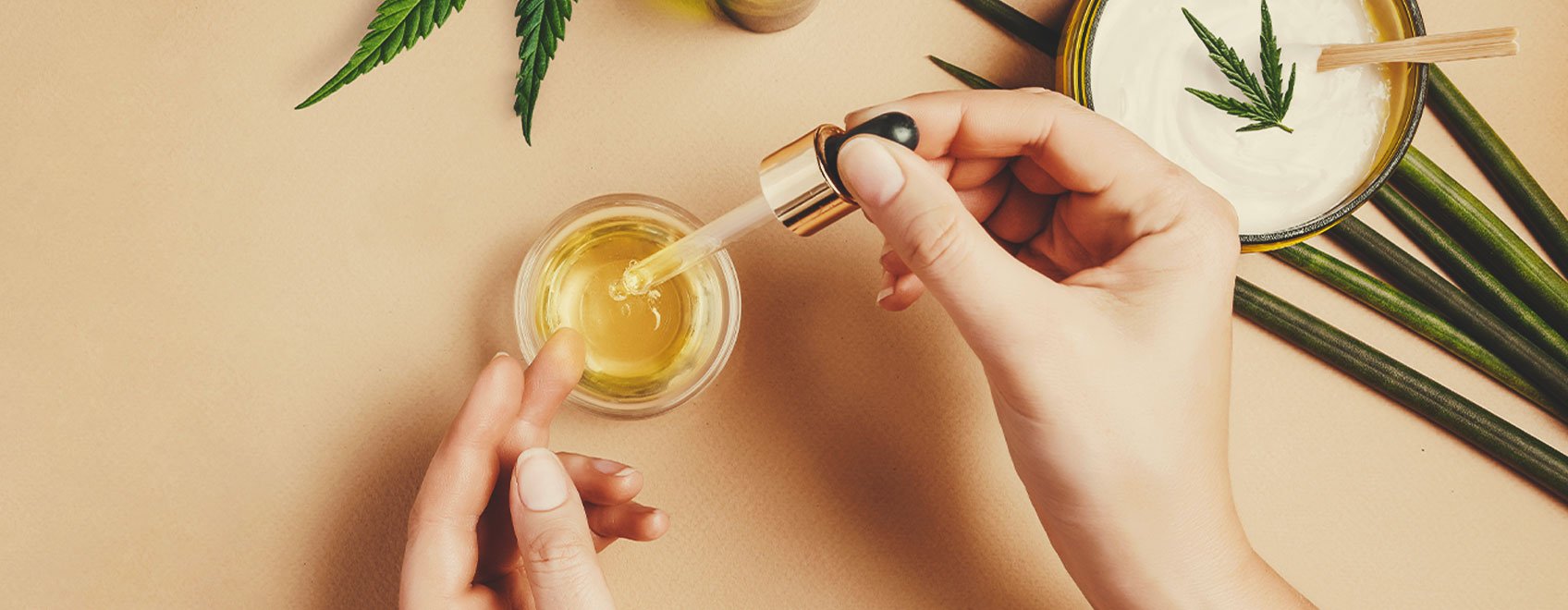
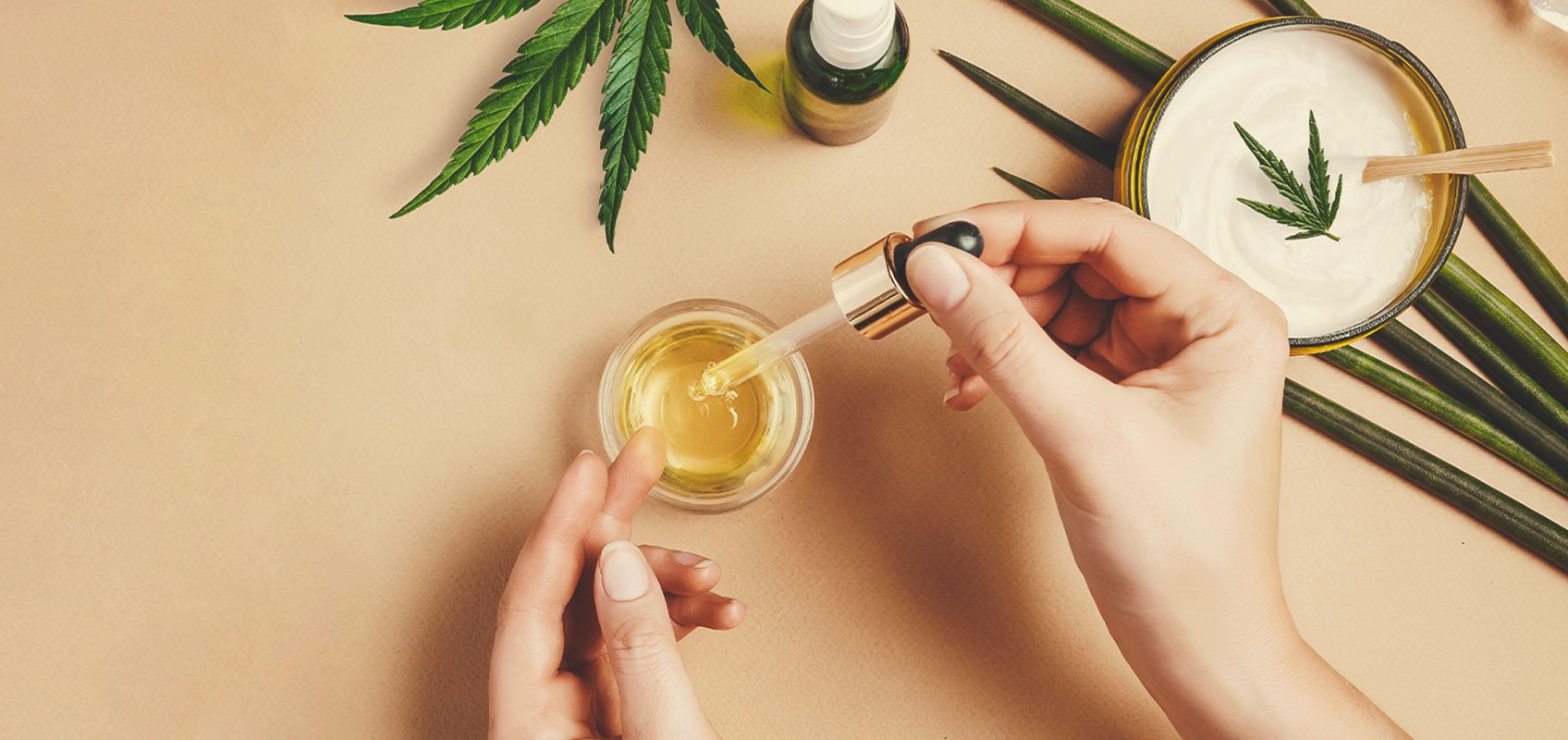
Directions
- 1. Add your buds into a mixing bowl and submerge with ethanol. Gently stir and agitate the flowers with a wooden spoon for three minutes.
- 2. Strain the solution through a cheesecloth and into another bowl.
- 3. Place your rice cooker in a well-ventilated area and pour in the solution.
- 4. Set the rice cooker to warm and check on it every hour or so until all of the solvent has evaporated. This can take up to 24 hours depending on the amount of solvent used.
- 5. Dip the end of a paperclip into the extract and move into another room away from lingering vapor. Apply the lighter to the soaked tip. Any spark indicates residual solvent, so you’ll need to cook the solution for a bit longer.
- 6. Once no signs of solvent remain, use an air syringe to transfer the oil into dropper bottles for easy use and storage.
- Therapeutic Effects of Cannabis and Cannabinoids - The Health Effects of Cannabis and Cannabinoids - NCBI Bookshelf https://www.ncbi.nlm.nih.gov

































